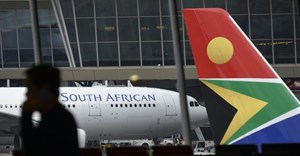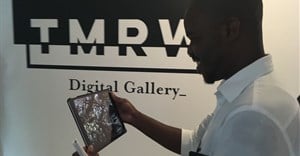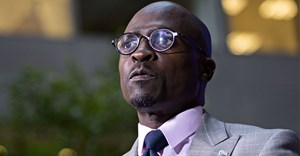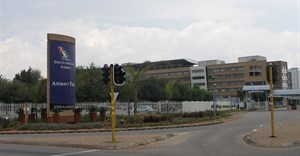
Subscribe & Follow
Jobs
- Online English Teacher - Native Speakers Johannesburg
- AWS Data Engineer Midrand
- Motor Vehicle Technician Vredendal
- Parts Sales Executive Vredendal
- Junior Portfolio Administrator Cape Town
- Recent Grad : Junior Portfolio Administrator Cape Town
- Receptionist/Administrative Assistant Cape Town
- Head of Risk George
- New Vehicle Sales Executive Witbank
- HR and Talent Acquisition Business Partner Johannesburg
Overberg test range reaches a milestone

Denel OTR boasts an extensive array of optical, telemetry, radar, communication and meteorological instruments that cater for a wide spectrum of aircraft and missile flight testing.
"After more than a decade of development and overcoming various challenges, the project has yielded a tracking radar computer that has been built from contemporary computer hardware that is universal and easy to maintain, software that can be modified and compiled on modern operating systems, and a wealth of knowledge that can sustain the life of the radar into the future," says Denel OTR chief executive, Abrie van der Walt.
Detect and track a target
During the late 1990's the test range started with technology renewal projects intended to timeously adapt and upgrade these instruments to satisfy the test requirements of the clients of the test range and keep up with technological advances. Denel OTR's tracking radar (TR) is a high precision radar that can detect and track a target autonomously, which means without assistance from another measuring instrument. The test range has three TRs and they are vital to the core capabilities of the range as they provide the test range's primary real-time tracking data.
Over time the original TR main system computer, dating back to the eighties, became difficult to maintain; spare parts were scarce and several components obsolete. During 2000 this prompted the test range to start a technology renewal project to replace the TRMSC. "The project was considered too high risk to do everything at once and therefore it was broken into smaller phases that were measurable. It was also important to have the new TRMSC to replicate and/or emulate the existing radar interfaces and timing loops. Part of the project involved developing drivers for PC peripheral cards for a military spec 1553 communications bus and a bespoke high speed data bus. These drivers were written in an RT Linux environment in order to meet the stringent timing requirements," says Van der Walt.
Final changes
In March 2012, the test range conducted its first set of acceptance tests, using a balloon. The findings of these tests were used as the basis for the final changes and modifications to the software. A second, more comprehensive, set of acceptance tests were then conducted in March 2013. This included the tracking of empirical, static and dynamic targets, calibration routines and the verification of the radar software functionalities. A full set of documentation addressing the technical and operational aspects of the TRMSC project was also provided.
The engineering change board of the test range then vetted the test results and documentation and was satisfied to close the project. "This successful collaboration is phenomenal testimony of the high-level of skill and knowledge that exists at the Test Range. This is one of the achievements that provide us with the necessary impetus and confidence to continue building capacity and implementing new technologies that satisfy our clients' requirements. I am sincerely humbled and proud by the technical abilities of the team of experts that work at the Test Range," says Van der Walt.


![Image source: freerlaw – [[www.123rf.com 123RF.com]](https://biz-file.com/c/2409/749976-64x64.jpg?2)











